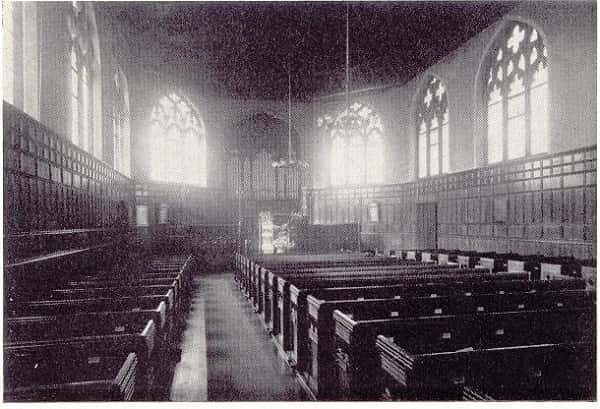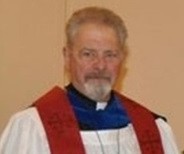 “The Church” as we know it is almost completely descended from the Roman Catholic Church of the Middle Ages. That’s not to say that that is true; it is not. As this column has suggested, over the past year or so, there were huge and never subject to Rome Churches all over the eastern Roman Empire, and beyond. Several of these remain, today. Rome didn’t even get any special status within the Church until after 325, when the Bishop of Rome was given special status, along with the Bishops of Antioch and Alexandria, in the Roman empire, itself.
“The Church” as we know it is almost completely descended from the Roman Catholic Church of the Middle Ages. That’s not to say that that is true; it is not. As this column has suggested, over the past year or so, there were huge and never subject to Rome Churches all over the eastern Roman Empire, and beyond. Several of these remain, today. Rome didn’t even get any special status within the Church until after 325, when the Bishop of Rome was given special status, along with the Bishops of Antioch and Alexandria, in the Roman empire, itself.

In addition to granting the Christian Church special status, Constantine the Great did something else important. He moved the Capital of the Empire. Instead of the seat of the Empire being in Rome, he moved it to a new city in what was then Greece (now, Turkey) that he called “Constantinople. Nowadays, it’s “Istanbul”, which is basically how you say “Constantinople” in Turkish. In 381, the Bishop of Constantinople was given equal status with the Bishops of Rome, Antioch and Alexandria. Later, the Bishop of Jerusalem received the same honor. But, the seat of the government stayed in Constantinople for another thousand years. The Emperors kept careful tabs on what the Patriarchs of Constantinople were doing, but they really didn’t care very much about Rome.
In Rome, though, the Bishops were about the only powers that meant anything. Waves of German barbarians swept over western Europe, and on several occasions, invaded and sacked Rome, itself. Finally, the Bishops of Rome (il Papa, or “patriarch”; or in other words, “Popes”) began to intervene in civil government in ways that no other “popes” even considered. When Attila the Hun threatened Rome and all of Italy, the Pope went out and met with him, and talked him out of destroying the city. In the 600s, in order to cement his rights to dominate the Germanic “kings” and other princes, the Pope asserted his seniority over all the other Popes. By 800, having received no serious flak from the Emperor, far to the east in Byzantium, the then-sitting Pope, Leo the Third, even went so far as to crown his own Emperor; something that irritated the real Emperor, but who could do little about it, since he was so far away. But, Leo crowned Charlemagne, and ever after claimed the right to run both religion and politics in all of Europe. A few hundred years later, a successor claimed the same rights all over the world.
During these same years, the Popes were also trying to bring under their control all the various varieties of Christianity that had grown up in the West. Perhaps not surprisingly, there were several of these.
